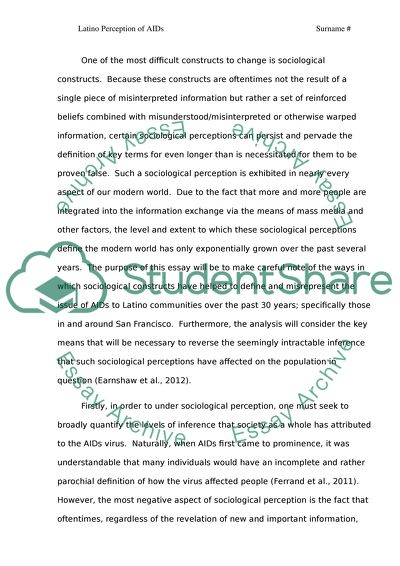Cite this document
(“STDS/HIV among Latinos in the U.S Research Paper”, n.d.)
STDS/HIV among Latinos in the U.S Research Paper. Retrieved from https://studentshare.org/health-sciences-medicine/1491881-stds-hiv-among-latinos-in-the-us
STDS/HIV among Latinos in the U.S Research Paper. Retrieved from https://studentshare.org/health-sciences-medicine/1491881-stds-hiv-among-latinos-in-the-us
(STDS/HIV Among Latinos in the U.S Research Paper)
STDS/HIV Among Latinos in the U.S Research Paper. https://studentshare.org/health-sciences-medicine/1491881-stds-hiv-among-latinos-in-the-us.
STDS/HIV Among Latinos in the U.S Research Paper. https://studentshare.org/health-sciences-medicine/1491881-stds-hiv-among-latinos-in-the-us.
“STDS/HIV Among Latinos in the U.S Research Paper”, n.d. https://studentshare.org/health-sciences-medicine/1491881-stds-hiv-among-latinos-in-the-us.


